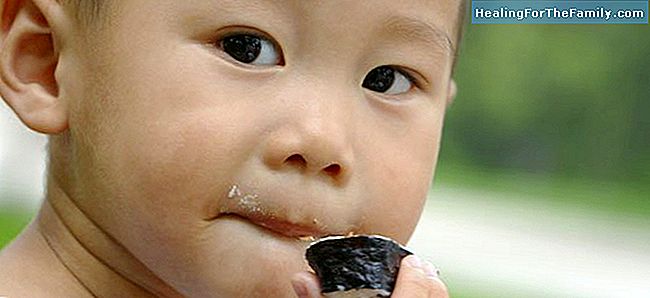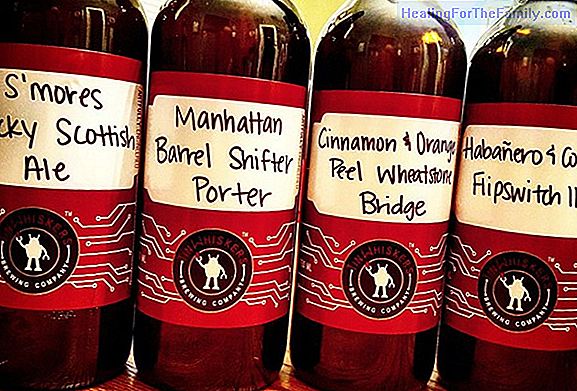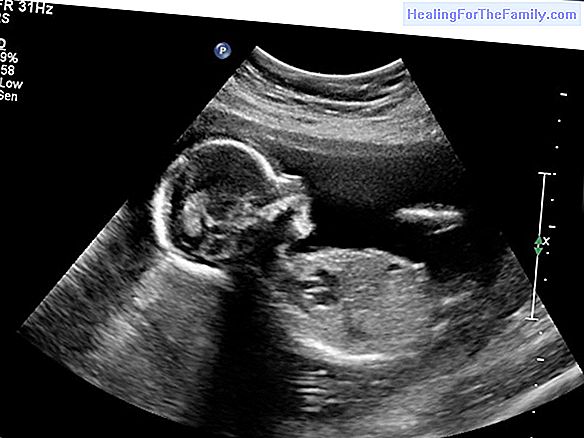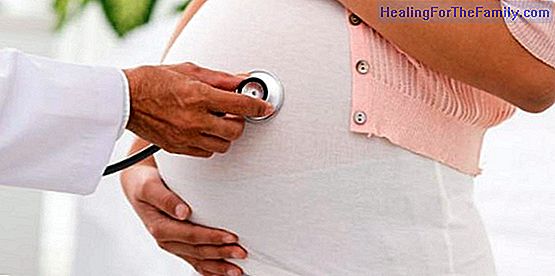The risks of giving raw food to children
Food poisoning is the result of eating or drinking food contaminated with one or several kinds of microorganisms. Not all microorganisms cause toxiinfections, some, like lactic acid bacteria, are responsible for the transformation of milk into other foods such as yogurt or cheese through fermentatio
Food poisoning is the result of eating or drinking food contaminated with one or several kinds of microorganisms. Not all microorganisms cause toxiinfections, some, like lactic acid bacteria, are responsible for the transformation of milk into other foods such as yogurt or cheese through fermentation. However, others, such as Salmonella, Shigella, E. coli, Campylobacter, or some viruses such as those belonging to the novovirus group, are potentially dangerous.
Symptoms of food poisoning in children

Despite the variety, almost all of these infections have a common symptomatology, including nausea, vomiting, diarrhea and abdominal cramps, and, frequently, fever and other discomforts. Symptoms can appear between 2 and 48 hours after the ingestion of the food in poor condition, depending on various factors, such as the microbial load, the amount ingested and the virulence of the strain in question, the latter being the main determinant of the severity of the disease. episode.
Types of bacteria that transmit an infection through raw food
1. Campylobacter:is usually the most common bacterium causing toxiinfections, followed by Salmonella. In general, it can be found in raw or undercooked chicken meat, as well as in milk or water in poor condition. It is not usually transmitted from person to person, but extreme precautions and hygiene should be taken to avoid contagion. The average duration of the symptoms is between 2 and 5 days, although in cases of low defenses it can last 10 days.
2. Salmonella and Shigella: can be found in raw or undercooked eggs and meat, as well as in milk and dairy products in poor condition, for example, when breaking the cold chain. The duration of this toxinfection is extremely variable, as well as its severity. In some cases a lactose-free diet is necessary to definitively eliminate the presence of Salmonella.
3. E. coli: is one of the most serious infections that occur, manifested in the form of bloody diarrhea. Thus, E. coli O157: H7 is the most dangerous strain of all, requiring in many cases the hospitalization of the patient, especially in the case of babies and children. E. coli, can be found in almost any food that may have been contaminated with animal feces, or in drinking water.
4. The group of novoviruses: entails particular danger since it comprises a great variety of strains, therefore, developing immunity to them is practically impossible. They can be found in food, but also in utensils and surfaces in contact with them, and for this reason can easily be transmitted from one individual to another sobre, especially taking into account that children share cutlery, glasses, etc.5. Botulism:
Another of the serious infections in childhood is botulism, caused by botulinum toxin. Clostridium botulinum is the bacterium that produces this toxin, one of the most dangerous known, as it affects the nervous system, which can cause death. The absence of this pathogen or its spores, can not be guaranteed 100% in preserves or in some foods such as honey, so it is advisable to avoid them in childhood. Proper cooking and hygiene in the preparation of food
are the main ways to avoid food poisoning. In addition, respecting the cold chain and avoiding cross contamination, that is, the contact of raw foods with others already cooked, is essential to keep pathogens away.












